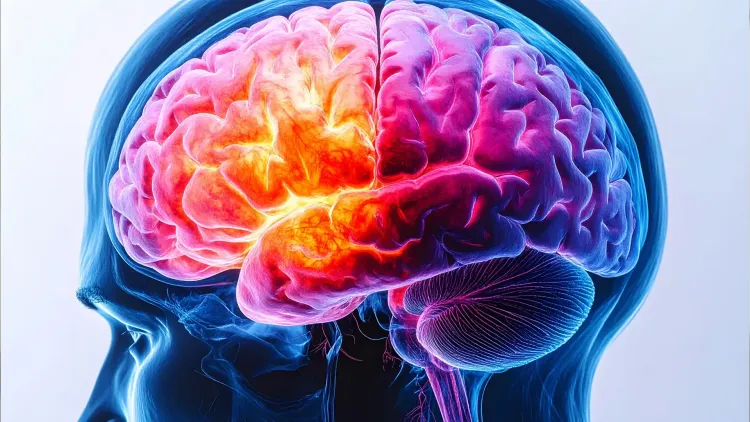Can Deadly Brain Cancer Alter the Skull and Immune Response?

Synopsis
Key Takeaways
- Glioblastomas can erode the skull and disrupt immune response.
- Current therapies may not address the full scope of glioblastoma's impact.
- New insights could lead to improved treatment strategies.
- Advanced imaging techniques have unveiled crucial findings.
- Existing medications may have unintended consequences on tumor progression.
New Delhi, Oct 3 (NationPress) Glioblastomas -- recognized as the most lethal type of brain cancer -- impact far beyond the confines of the brain itself, according to recent findings by scientists.
A research team from the Montefiore Einstein Comprehensive Cancer Center (MECCC) and Albert Einstein College of Medicine has uncovered the first evidence indicating that glioblastoma can lead to erosion of the skull, modify the composition of skull marrow, and disrupt the body's immune response.
Significantly, medications designed to prevent skull-bone loss were found to make the cancer more aggressive, as reported in the journal Nature Neuroscience.
"Our findings demonstrate that this notoriously challenging brain cancer interacts with the body's immune system, potentially explaining why current therapies -- which treat glioblastoma as a localized issue -- have not succeeded, and it may pave the way for improved treatment strategies," stated Jinan Behnan, corresponding author and Assistant Professor in the Department of Neurological Surgery and the Department of Microbiology and Immunology at Einstein.
The average survival rate for glioblastoma patients undergoing standard treatment comprising surgery, chemotherapy, and radiation is around 15 months.
Similar to various other bones, the skull houses marrow where immune cells and other blood cells are produced.
Utilizing advanced imaging techniques on mice with two distinct types of glioblastomas, the researchers discovered that the tumors led to erosion of the skull bones, particularly at the sutures where skull bones meet.
This erosion appears to be exclusive to glioblastoma and other malignant intracranial tumors, as it does not manifest with strokes, other forms of brain injuries, or even other systemic cancers.
CT scans of patients suffering from glioblastoma displayed reductions in skull thickness in the same anatomical regions observed in mice.
The skull erosion in mice resulted in an increase in both the number and size of channels connecting the skull to bone. The researchers proposed that these channels might enable glioblastoma to send signals to the skull marrow, significantly altering its immune environment.
Additionally, the team identified that glioblastoma activated various genes within the skull marrow that enhanced the production of inflammatory immune cells, while suppressing genes necessary for generating several types of immune cells in the femur marrow.
Importantly, they noted that the administration of US FDA-approved anti-osteoporosis medications (such as zoledronic acid and denosumab) that inhibit bone loss could prevent skull erosion. However, zoledronic acid was found to accelerate tumor progression in one variant of glioblastoma. Both medications also hindered the positive effects of anti-PD-L1 -- an immunotherapy drug designed to enhance levels of T cells that combat tumors.









